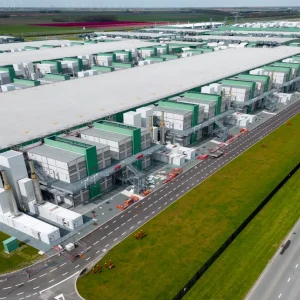
Hewlett Packard Enterprise (HPE) has joined forces with Australian retail stockbroker CMC Markets to enhance trading and investment capabilities in Australia.
Through the advanced capabilities of HPE GreenLake cloud, CMC Markets aims to significantly transform its infrastructure.
The transformation is expected to offer a highly available, scalable, and flexible architecture that can scale as their business demands increase across Australia Pacific.
Besides, the adoption of HPE GreenLake cloud will help CMC Markets to facilitate a transition to a cloud service model that meets the high availability, security, and control required by its business.
CMC Markets director and APAC and Canada head Matthew Lewis said: “The need for a highly responsive and adaptable IT infrastructure is critical in the fast-paced financial sector.
“With HPE GreenLake, we are not only able to scale our operations more efficiently, but also ensure that our trading platforms are always available and performing at their best to enhance our customer’s experience and maintain our competitive edge.”
CDW, the preferred partner for CMC Markets, is responsible for executing the HPE GreenLake deal.
The HPE GreenLake cloud infrastructure will deliver managed infrastructure solutions across hybrid cloud. It includes HPE ProLiant DL360 and HPE ProLiant DX380 servers along with HPE Alletra 9000 storage for mission-critical workloads.
HPE’s partnership will also allow CMC Markets to expand its product and customer offerings. In addition to maintaining their financial flexibility and technological agility, HPE GreenLake also enables CMC Markets to manage changing market demands.
Furthermore, the alliance will deliver improved performance and resilience for CMC Markets’ trading platforms.
HPE vice president and South Pacific managing director Chris Weber said: “Our collaboration with CMC Markets is a powerful example of how HPE GreenLake can transform the IT landscape for financial services providers, offering them the flexibility to innovate and expand their services without being hindered by traditional IT constraints.”






